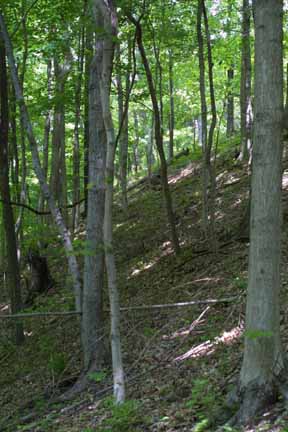Tennessee Bottomland Hardwood Forests

Chickasaw national wildlife refuge has the largest tract of bottomland hardwood forest in tennessee and lies in the lower mississippi river floodplain with eight miles of the refuge s western boundary adjoining the mississippi river.
Tennessee bottomland hardwood forests. Forest occurring along semi permanently flooded sloughs and pools and forest occurring on seasonally flooded higher ground. Description bottomland hardwood forests are river swamps. Scientists often consider a bottomland hardwood forest ecosystem as an extension ofa river. These ecosystems are commonly found wherever streams or rivers at least occasionally cause flooding beyond their channel confines.
They are found along rivers and streams of the southeast and south central united states generally in broad floodplains. Bottomland hardwood forests located in tennessee s mississippi coastal plain are a prominent ecosystem in the southeast. The natural area protects approximately 216 acres of bottomland hardwood forest smaller areas of riparian forest and shrub and herbaceous plant dominated wetlands. The 270 acre natural area is part of the 330 acre big cypress tree state park located in weakley county.
Bottomland hardwood forests are floodplain forests that are periodically inundated or saturated during the growing season. The bottomland hardwoods consist of two community types. The bottomland hardwood forest is a type of deciduous and evergreen hardwood forest found in us broad lowland floodplains along large rivers and lakes. Abstract hardwood bottomland ecosystems provide critical habitat for various wildlife among numerous ecosystem services.
In tennessee this ecosystem supports a unique forest community ofbald cypress water tupelo black gum and numerous species ofoak. They are occasionally flooded which builds up the alluvial soils required for the gum oak and bald cypress trees that typically grow in this type of biome. The 270 acre natural area is part of the 330 acre big cypress tree state park located in weakley county. The natural area protects approximately 216 acres of bottomland hardwood forest smaller areas of riparian forest and shrub and herbaceous plant dominated wetlands.
The federal government passed a series of legislative acts that protected wetlands and provided monetary support for restoration.
















